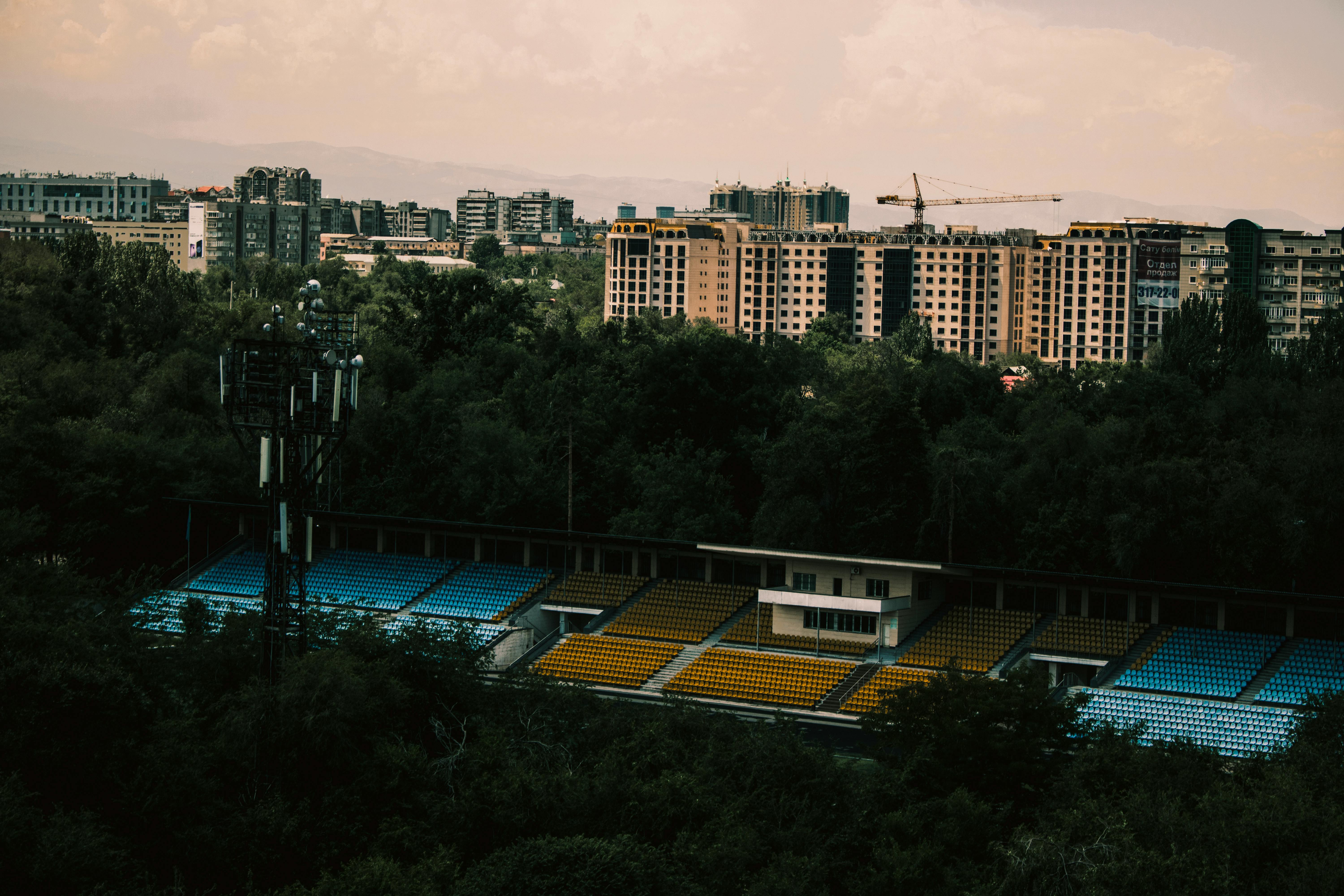
Long-Term Tourism Strategy Development
Major events like the Ryder Cup are far more than just week-long spectacles; they are powerful catalysts for shaping a region’s long-term tourism strategy. The global spotlight that shines on a host destination during such an event provides an unparalleled opportunity to showcase its unique attractions, culture, and amenities to a vast audience. This heightened visibility can reveal areas where infrastructure, services, and marketing efforts can be enhanced to attract more visitors on a consistent, year-round basis. By leveraging the attention and economic activity generated, regional tourism boards and economic development agencies can build upon the event’s success. This strategic approach aims to create sustainable tourism growth, solidifying the destination’s position not just as a place for major sporting events, but as a significant and appealing destination for general tourism, business travel, and cultural exploration, long after the final presentation ceremony.. Find out more about Sustaining economic momentum post Ryder Cup.
Leveraging Global Attention for Enduring Appeal. Find out more about Lessons learned major event hosting guide.
The Ryder Cup, with its global viewership estimated in the hundreds of millions, offers an extraordinary marketing platform. For Long Island, hosting the 2025 event at Bethpage State Park provides a chance to display its diverse appeal—from world-class golf and historic sites to its renowned vineyards and vibrant culinary scene—to a captive international audience. This exposure moves beyond temporary visitor numbers; it shapes perceptions. It positions Long Island not just as a place that *hosted* an event, but as a destination worth visiting for its own intrinsic qualities. Tourism boards, like Discover Long Island, capitalize on this by strategically highlighting these attractions through media campaigns, promotional materials, and partnerships. The goal is to translate the buzz generated by the Ryder Cup into tangible interest for future leisure travel, ensuring that the region remains on the radar of potential visitors long after the event has concluded. This sustained marketing effort helps to adjust seasonality, drawing visitors throughout the year, not just during peak event periods.
Investing in Infrastructure for Sustainable Growth. Find out more about Long-term tourism strategy development Ryder Cup tips.
Hosting major events often necessitates and justifies significant investments in infrastructure. These can range from immediate upgrades to transportation networks, hospitality facilities, and digital connectivity, to longer-term urban development projects. For Long Island, hosting events like the Ryder Cup and the upcoming 2026 U.S. Open underscores the importance of its transportation links, including major airports and the Long Island Rail Road, which are crucial for moving attendees. These infrastructure improvements aren’t just for the duration of the event; they form a lasting legacy that enhances the region’s appeal for all visitors and residents. Better transport can make exploring more of the island easier, while improved venues can attract future events. The $7.9 billion tourism economy on Long Island in 2024, which supports over 78,000 jobs and contributes nearly a billion dollars in taxes, is directly bolstered by such investments. By strategically planning infrastructure upgrades with long-term tourism goals in mind, regions can create a more robust and resilient visitor economy that benefits everyone.. Find out more about Ryder Cup legacy economic benefits strategies.
Developing a Year-Round Destination Brand. Find out more about Sustaining economic momentum post Ryder Cup overview.
One of the most significant strategic advantages of hosting major sporting events is the opportunity to break down seasonal tourism barriers. Traditionally, many destinations rely heavily on summer or holiday peaks. However, events like the Ryder Cup, held in September, demonstrate the potential for drawing significant crowds and economic activity during shoulder seasons. For Long Island, the aim is to build upon this momentum, positioning the region as a compelling year-round destination. This involves diversifying its tourism offerings, promoting attractions that are appealing across different seasons—such as wine country tours in the fall, holiday markets in winter, and spring blossoms—and developing a cohesive brand narrative that highlights its multifaceted appeal. By integrating event-driven tourism with its broader natural, cultural, and culinary assets, Long Island can cultivate a more stable and sustainable tourism economy, less susceptible to seasonal fluctuations and better equipped to provide consistent economic benefits to local businesses and residents.
Conclusion: The Lasting Economic Putt. Find out more about Lessons learned major event hosting definition guide.
As the Ryder Cup leaves Long Island, its economic imprint is just beginning to be fully understood. The immediate financial injection is significant—projected at $200 million for New York State this week alone—underscoring the power of major sporting events to drive commerce, support jobs, and boost local businesses. However, the true value lies not just in the dollars spent during the tournament, but in the enduring legacy it helps to build. This legacy is forged through the sustained economic momentum generated by returning visitors inspired by their experience, the invaluable lessons learned for future event management, and the strategic refinement of Long Island’s long-term tourism strategy. By embracing the opportunities presented by global events, investing wisely in infrastructure, and fostering strong community partnerships, regions can ensure that the roar of the crowd translates into lasting prosperity and a stronger, more vibrant economy for years to come. The economic ‘long game’ after the Ryder Cup is about transforming a fleeting moment of sporting glory into a sustained season of opportunity.
What are your thoughts on the economic impact of major events in your community? Share your experiences and insights in the comments below!
